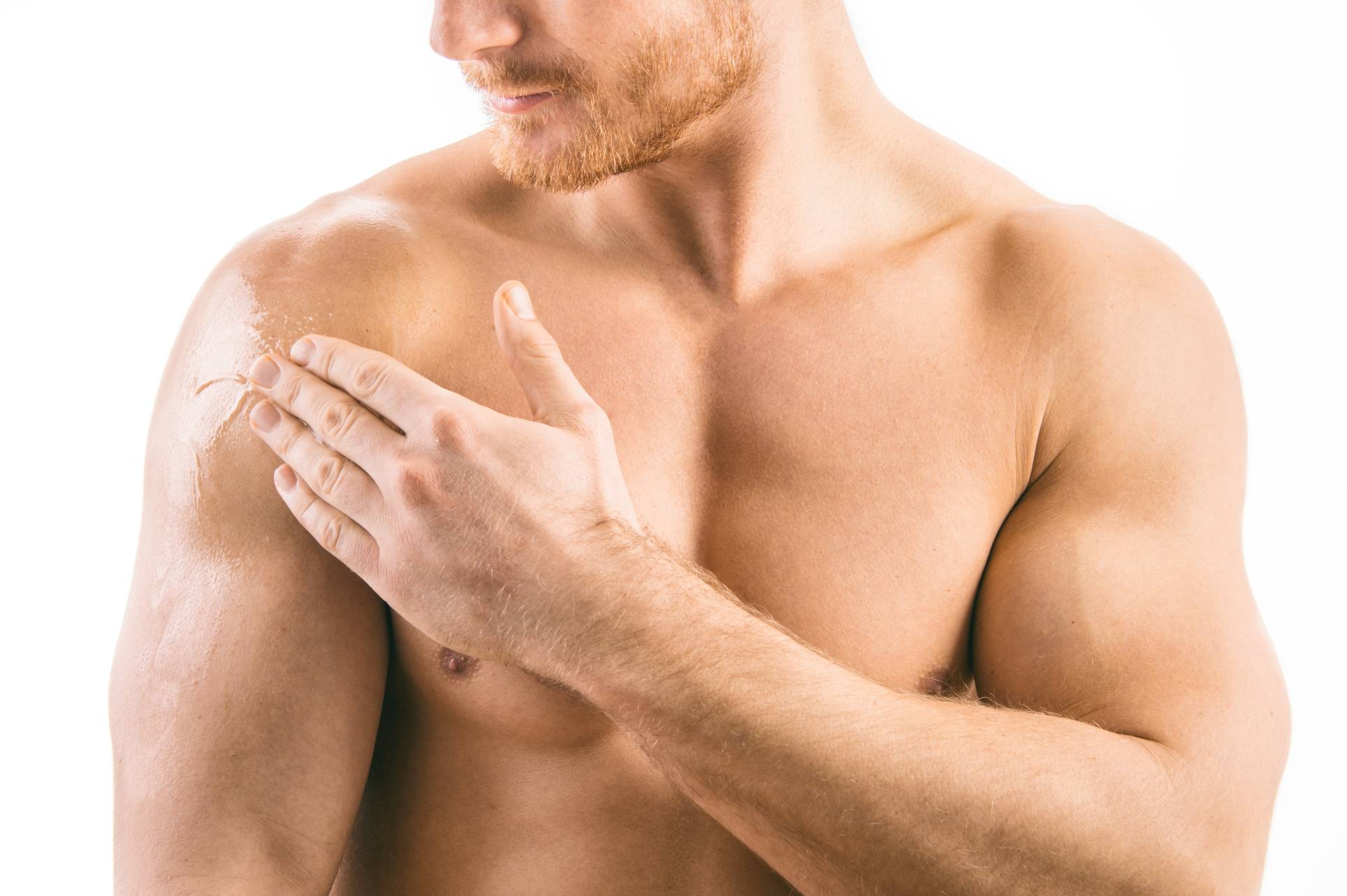Treatment Options for Hypogonadism
Male hypogonadism occurs when the body is not producing enough testosterone.
Testosterone is essential to a man’s overall health and development. It’s a sex hormone that plays a vital role in men’s masculine growth and development throughout puberty and also regulates sex drive and sperm production.
Normally, testosterone levels increase as men enter puberty, peak in the late teen years, and then level off. Slight decreases in testosterone levels are expected once men hit 30. However, if the body is producing too little testosterone, it’s vital to seek treatment and medical advice. Approximately 4 to 5 million men suffer from hypogonadism in the United States. Fortunately, there are testosterone replacement therapy options.
Development of Male Hypogonadism
Hypogonadism can either be caused by an inherited trait or occur due to something that happens later in life, such as an injury or infection. The chances of it developing can be amplified by risk factors such as:
- HIV/AIDS
- Aging
- Obesity
- Malnutrition
- Previous chemotherapy or radiation
- The use of certain medications such as opiates or hormones
- Pituitary disorders
Male hypogonadism can develop at various stages throughout a man’s life. As such, hypogonadism symptoms present differently depending on when the condition develops.
Hypogonadism in Fetal Development
It’s possible that the body does not produce enough testosterone as early as fetal development. This may result in the impaired growth of the external sex organs and may cause a male child to be born with female genitals, underdeveloped male genitals, or ambiguous genitals.
Hypogonadism is Puberty
If male hypogonadism develops in the prepubescent or pubescent years, it can delay puberty and the normal development of the male body. For example, it can affect muscle mass development, prevent the voice from deepening, inhibit the growth of body and facial hair, or delay the growth of the penis and testicles.
Hypogonadism in Adulthood
Adult males can also develop hypogonadism, sometimes referred to as late-onset hypogonadism.
Late-onset hypogonadism can affect masculine physical characteristics and impair reproductive functions. Symptoms of low testosterone might include:
- Low sex drive
- Depression
- Low energy
- Erectile dysfunction
- Osteoporosis
- Development of breast tissue
- Decreased muscle mass
- Decreased hair growth on the face and body
- Mental and emotional changes
- Poor self-esteem
Hypogonadism is a serious condition, and whether it develops at a young age or in adulthood, it can have lasting physical and psychological consequences.
Testosterone Replacement Therapy Options
Testosterone replacement is a treatment option for male hypogonadism that seeks to return testosterone to normal levels and counteract symptoms such as decreased sexual desire, decreased energy, and loss of muscle mass and bone density.
Patients often inquire about oral medications for hypogonadism treatment. Unfortunately, oral testosterone replacement is not yet commercially available for most men as it can cause severe liver issues and high blood pressure. Jatenzo is an FDA-approved oral medication. However, it is only available for a small minority of patients who suffer from rare causes of low testosterone.
Fortunately, you still have options. There are various types of testosterone replacement, and what your doctor recommends for you will depend on your situation, convenience factors, and insurance coverage.
Gel or Cream Medicines
You can apply testosterone directly onto the skin, usually on the upper arm, shoulder, or front and inner thigh. After application, you should avoid showering and bathing for several hours per the instructions to allow complete absorption through the skin and into the bloodstream.
Topical medicines mimic normal male increases in testosterone in the early morning hours. Side effects of gel treatments may include skin irritation, and after application, you should avoid direct contact with women or children until the treatment is fully absorbed.
Testosterone Injections
Injection therapy uses a small needle to directly inject testosterone or HCG into the muscles or under the skin around the buttocks or thigh area. Either a member of your care team will administer the injection or, if you’re comfortable with it, you can administer the injection yourself. The frequency of injections will depend on the type of injection your doctor recommends. Testosterone injections are one of the more cost-effective hormone treatment options available for patients paying out of pocket.
Testosterone Pellets
Testosterone pellets are an extremely popular method of testosterone replacement. This proven and reliable testosterone replacement treatment requires a minimally-invasive and pain-free procedure that involves surgically implanting pellets under the skin every three to four months.
The pellets, which are roughly the size of breath mints, are implanted into the fat of the buttocks. Testosterone pellets are popular as they provide a steady and regulated release of testosterone. There are no injections or daily applications, and they have proven to have positive and consistent long-term outcomes.
Seek Treatment for Hypogonadism with Advanced Urology
If you believe you are suffering from symptoms of hypogonadism, Advanced Urology can help. We’ll diagnose your symptoms, determine the underlying causes, and recommend a treatment plan that suits you and your health needs.
Low testosterone can have adverse effects on your physical and mental health. Speak with our expert doctors today to discover your options for hormone treatment. We utilize the latest, high-end technology to ensure positive and consistent outcomes for our patients.
Request an appointment today with our award-winning team. We are here for you and are committed to helping each patient get the results they deserve.


